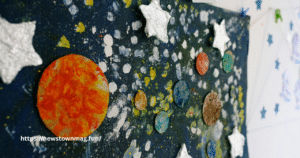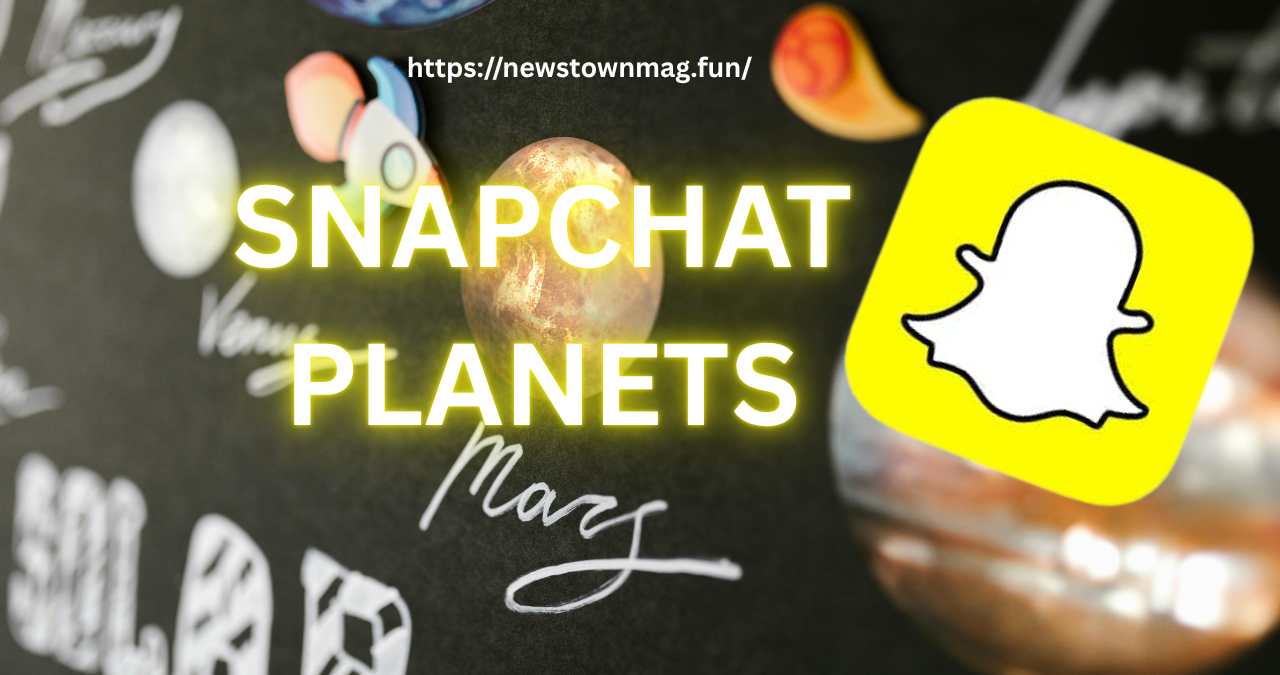Snapchat Planets Explained: What Do They Really Mean in Your Friends List?
Snapchat has always been known for innovation. From disappearing messages to Bitmoji and Snapstreaks, it continues to evolve. The latest trend drawing attention is the Snapchat planets feature. This unique addition gives users a new way to view their best friends through a fun, space-themed metaphor. But what exactly are these, and what do they reveal about your connections?
In this article, we will break down it explained in simple terms, helping you fully understand their meaning, order, and how they affect your experience. If you’ve seen planets next to your friend’s name and wondered what they symbolize, you’re in the right place.
What Are Snapchat Planets?
These are part of a premium feature tied to Snapchat Plus. They act as a visual representation of your top friends using a solar system layout. You are the Sun, and your friends are the planets orbiting around you. Each planet reflects your level of interaction with that person on Snapchat.
If you and a friend frequently snap, message, or share content, they appear closer to the Sun. The closer the planet is to the Sun, the stronger your connection. Conversely, less interaction moves the friend further away in the planetary sequence.
This concept gamifies your friendships, turning Snapchat into more than just a messaging platform. It gives users a deeper look into their social circles while adding a touch of personalization.
How Does the Snapchat Planets System Work?
It ranks your top eight friends. You must be a Snapchat Plus subscriber to view this planetary layout. Once activated, your best friends are assigned to one of the eight planets in the solar system. The order reflects how much you engage with them.
Here’s how it rank, from closest to farthest:
Mercury – Your number one best friend on Snapchat. The person you interact with the most.
Venus – The second closest, showing consistent interaction.
Earth – Your third top friend, usually someone you snap or message daily.
Mars – Indicates a strong but slightly less frequent communication level.
Jupiter – Suggests moderate interaction over time.
Saturn – Points to occasional exchanges or streaks.
Uranus – A more distant friend, but still within your top eight.
Neptune – The farthest, likely someone you interact with occasionally but less consistently.
Each planet is paired with a unique Bitmoji and ring color to help users recognize their position in the orbit easily. When you tap on a friend’s profile in Snapchat Plus, you might see one of these planets appear, along with a short message like “You’re their Earth,” depending on your interaction status.
Snapchat Planets Explained with Real-World Meaning
To make it explained in a practical way, let’s compare it to your real-world relationships. Mercury could be your best friend, significant other, or someone you constantly message. Venus may be a sibling or close coworker. Earth and Mars could represent other regular contacts, like a close group of friends.
Meanwhile, planets like Jupiter and Neptune might be old friends, casual contacts, or people with whom you’ve recently reconnected. The beauty of this system lies in how visual it is. You can immediately understand where you stand in someone’s Snapchat world without reading numbers or scrolling through lists.

Why Snapchat Introduced Planets
Snapchat launched planets to increase user engagement and boost the appeal of Snapchat Plus. By offering exclusive insights into your digital friendships, Snapchat taps into users’ curiosity and social dynamics. It’s not just about messaging—it’s about seeing how your connections stack up.
With it explained through a gamified experience, users are encouraged to maintain relationships, snap more, and subscribe to Snapchat Plus. It’s a clever move to create loyalty and personalization.
What Makes It So Popular?
There are several reasons why the it feature has quickly gone viral:
Visual Appeal: The solar system theme is easy to understand and fun to explore.
Social Insight: People love learning where they rank in someone else’s life.
Exclusivity: It’s available only to Snapchat Plus users, which makes it feel premium.
Increased Interaction: Users may try to climb into a closer orbit by snapping more.
It explained properly allows people to realize it’s more than a visual gimmick. It’s a psychological hook that plays on people’s desire to feel important and noticed.
How to See Snapchat Planets on Your Account
To see Snapchat planets, you’ll need to subscribe to Snapchat Plus. Once you’ve joined, follow these steps:
Open Snapchat and tap your Bitmoji in the top left corner.
Tap the Snapchat Plus badge.
Navigate to “Best Friends Solar System.”
Tap on any of your top friends to view their planet placement.
If you don’t see the planets, it could be due to app updates or your friend not being in your top eight.
Are These Accurate?
One common question users ask is whether the these are reliable. The answer is yes, but with limits. The system tracks frequency, volume, and type of interactions. That includes snaps sent and received, chat messages, video calls, and even reactions to stories.
However, it does not account for emotional depth or context. Just because someone is your Mercury doesn’t mean they’re your real-life best friend. It explained in this context serve more as an interaction tracker than a true relationship meter.
Snapchat Planets and Privacy
Snapchat has designed the planets system to respect privacy. You can see which planet you are in someone else’s orbit only if both of you are on Snapchat Plus. Otherwise, your position stays hidden. This encourages more people to subscribe while maintaining a level of discretion.
Can it Change?
Yes, your position within it can shift based on your interaction. If you start snapping a different friend more frequently, they may move to a closer orbit. Similarly, a previously close friend may slide out to Neptune if your conversations drop off.
This dynamic nature adds excitement and urgency. It encourages users to keep snapping and interacting regularly to maintain or improve their planet ranking.
Final Thoughts on it Explained
It offer a fresh way to understand your closest digital relationships. By visualizing your best friends in a solar system, Snapchat taps into human curiosity and desire for social validation. The feature adds both fun and function to the app, especially for those willing to explore Snapchat Plus.
As social apps grow more complex, Snapchat continues to innovate. The planets system stands out as a creative, engaging way to explore your digital universe. Whether you’re someone’s Mercury or floating near Neptune, the Snapchat planets explained through this feature are reshaping how users view their friendships online.
FAQs
1. What are these and how do they work?
These are a Snapchat Plus feature that ranks your top eight friends using a solar system model. You are the Sun, and friends are represented as planets based on how often you interact with them.
2. How can I access the Snapchat planets feature?
You must subscribe to Snapchat Plus. Once subscribed, go to your profile, tap the Snapchat Plus badge, and enable the Best Friends Solar System option.
3. Can I see my planet ranking in someone else’s list?
Yes, but only if both users are subscribed to Snapchat Plus. Otherwise, you won’t be able to view your planet position in their orbit.
4. What determines your planet placement in Snapchat?
The system calculates interaction frequency—how often you snap, message, or engage with someone. The more you interact, the closer your planet will be to the Sun.
5. Do it change over time?
Yes. Your planet placement can shift depending on how much you interact with others. Snap more frequently to maintain a closer orbit or move up in rank.
You May Also Read:https://newstownmag.fun/abraham-quiros-villalba/



